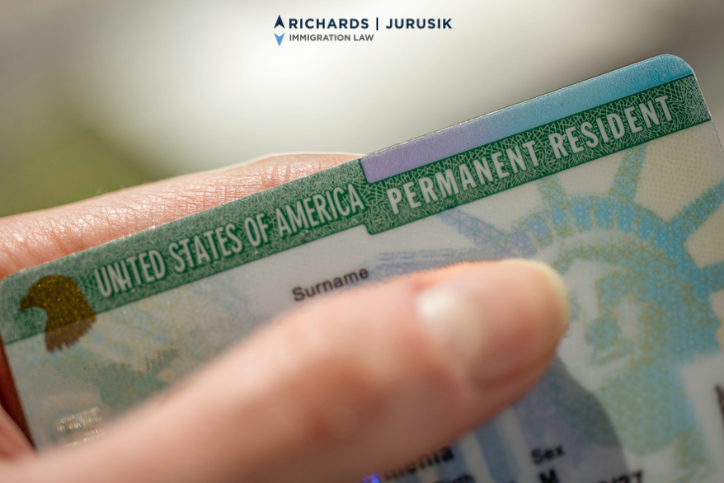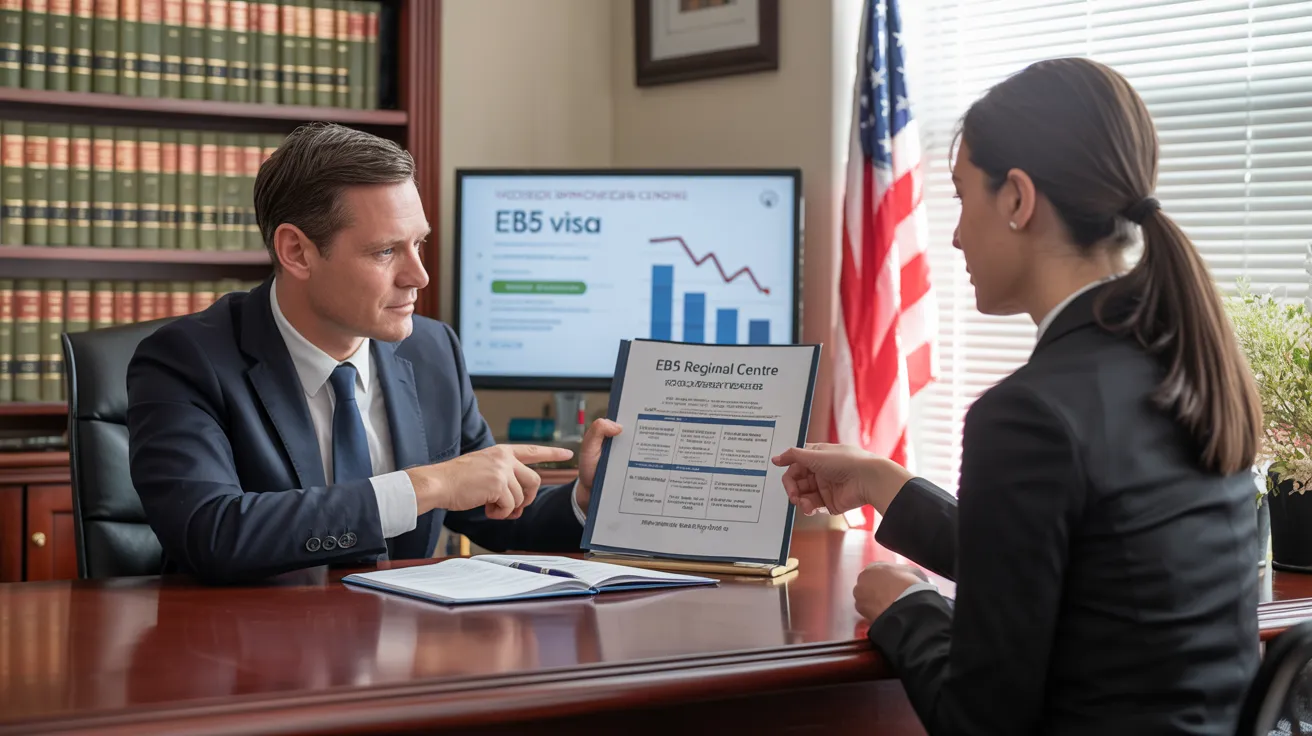L1 Visa Process
The smart Trick of L1 Visa That Nobody is Talking About
Table of ContentsThe Best Strategy To Use For L1 VisaL1 Visa Fundamentals ExplainedGetting The L1 copyright WorkOur L1 Visa IdeasWhat Does L1 Visa Mean?The Definitive Guide to L1 Visa
Available from ProQuest Dissertations & Theses Global; Social Science Costs Collection. (2074816399). (PDF). Congress. (PDF). DHS Workplace of the Assessor General. (PDF). (PDF). "Nonimmigrant Visa Stats". Fetched 2023-03-26. Department of Homeland Safety Workplace of the Examiner General, "Review of Vulnerabilities and Potential Abuses of the L-1 Visa Program," "A Mainframe-Size Visa Loophole".
U.S. Division of State. Fetched 22 August 2016. "Workers paid $1.21 an hour to mount Fremont tech business's computers". The Mercury Information. 2014-10-22. Recovered 2023-02-08. Costa, Daniel (November 11, 2014). "Obscure temporary visas for international technology employees depress salaries". The Hillside. Tamen, Joan Fleischer (August 10, 2013). "Visa Owners Replace Workers".
Rumored Buzz on L1 Visa
In order to be qualified for the L-1 visa, the international company abroad where the Recipient was utilized and the U.S. company should have a certifying partnership at the time of the transfer. The different kinds of qualifying connections are: 1. Parent-Subsidiary: The Moms and dad suggests a company, company, or other lawful entity which has subsidiaries that it has and controls."Subsidiary" indicates a firm, corporation, or other legal entity of which a parent possesses, directly or indirectly, even more than 50% of the entity, OR has less than 50% yet has monitoring control of the entity.
Instance 1: Business A is included in France and employs the Recipient. Firm B is included in the united state and intends to petition the Recipient. Company An owns 100% of the shares of Business B.Company A is the Parent and Firm B is a subsidiary. Therefore there is a qualifying connection between the 2 companies and Business B ought to be able to fund the Recipient.
Company A possesses 40% of Firm B. The remaining 60% is had and controlled by Company C, which has no relationship to Firm A.Since Company A and B do not have a parent-subsidiary partnership, Business A can not fund the Recipient for L-1.
Business A has 40% of Company B. The remaining 60% is possessed by Firm C, which has no connection to Company A. Nevertheless, Company A, by official agreement, controls and full handles Business B.Since Company An owns much less than 50% of Business B however manages and controls the firm, there is a certifying parent-subsidiary connection and Company A can sponsor the Beneficiary for L-1.
About L1 Visa
Business B is incorporated in the United state
The 6-Second Trick For L1 Visa

The L-1 visa get started is an employment-based visa classification developed by Congress in 1970, permitting international companies to move their managers, executives, or key personnel to their U.S. procedures. It is commonly referred to as the intracompany transferee visa. There are 2 primary sorts of L-1 visas: L-1A and L-1B. These types are suitable for employees employed in various positions within a company.

Furthermore, the recipient has to have operated in a supervisory, executive, or specialized employee placement for one year within the 3 years coming before the L-1A application in the international business. For brand-new office applications, international employment must have been in a managerial or executive capacity if the beneficiary is pertaining to the United States to function as a supervisor or exec.
The smart Trick of L1 Visa That Nobody is Discussing

If provided for an U.S. company functional for greater than one year, the initial L-1B visa is for as much as 3 years and can be expanded for an extra two years (L1 Visa). On the other hand, if the united state firm is freshly developed or has been functional for less than one year, the first L-1B visa is provided for one year, with expansions readily available in two-year increments
The L-1 visa is an employment-based visa category developed by Congress in 1970, allowing multinational firms to move their managers, execs, or essential workers to their united state procedures. It is commonly L1 Visa requirements described as the intracompany transferee visa. There are 2 major kinds of L-1 visas: L-1A and L-1B. These types appropriate for employees hired in different settings within a company.
The Greatest Guide To L1 Visa
Additionally, the recipient needs to have operated in a managerial, executive, or specialized employee setting for one year within the three years coming before the L-1A application in the international company. For brand-new office applications, international work must have remained in a managerial or executive ability if the recipient is coming to the USA to work as a supervisor or exec.
for approximately 7 years to supervise the procedures of the united state affiliate as an executive or supervisor. If provided for an U.S. firm that has been operational for greater than one year, the L-1A visa is at first granted for approximately 3 years and can be prolonged in two-year increments.
If provided for a united state company operational for greater than one year, the preliminary L-1B visa is for approximately three years and can be extended for an extra two years. Conversely, if the U.S. business is freshly established or has been operational for less than one year, the initial L-1B visa is provided for one year, with extensions available in two-year increments.